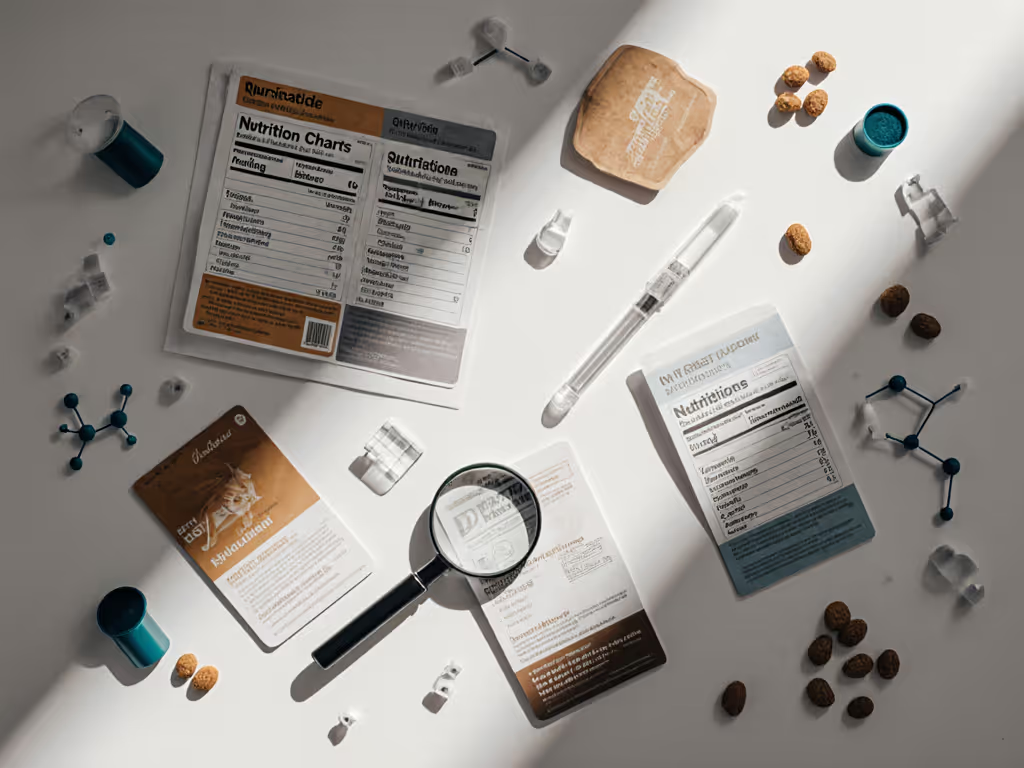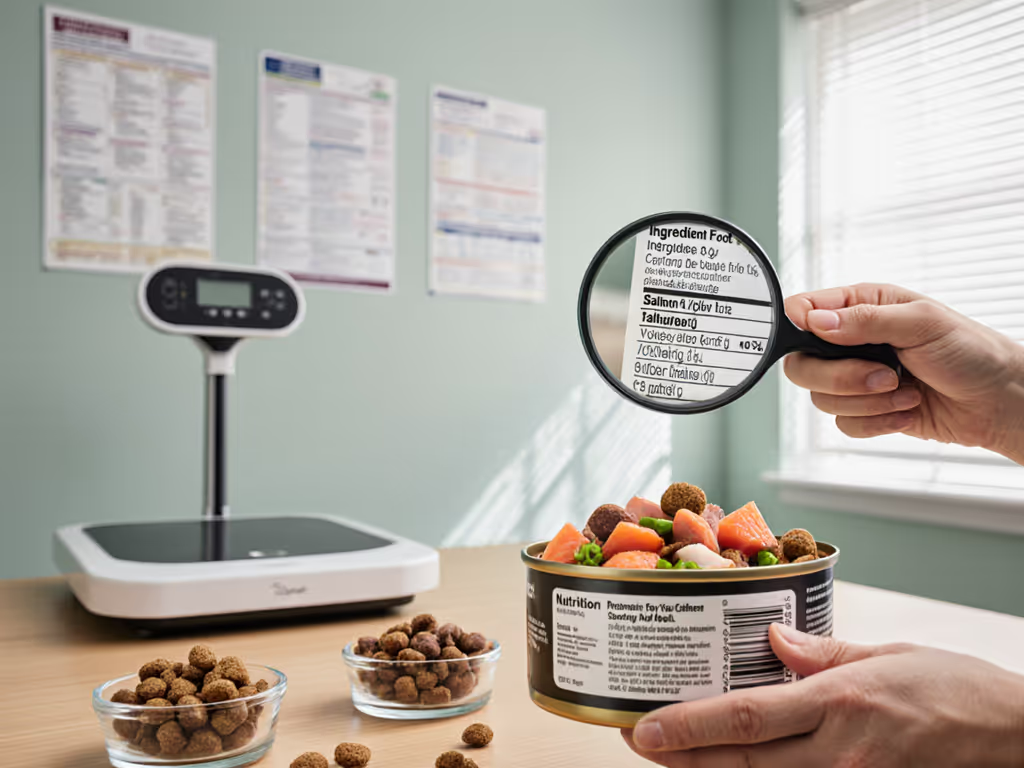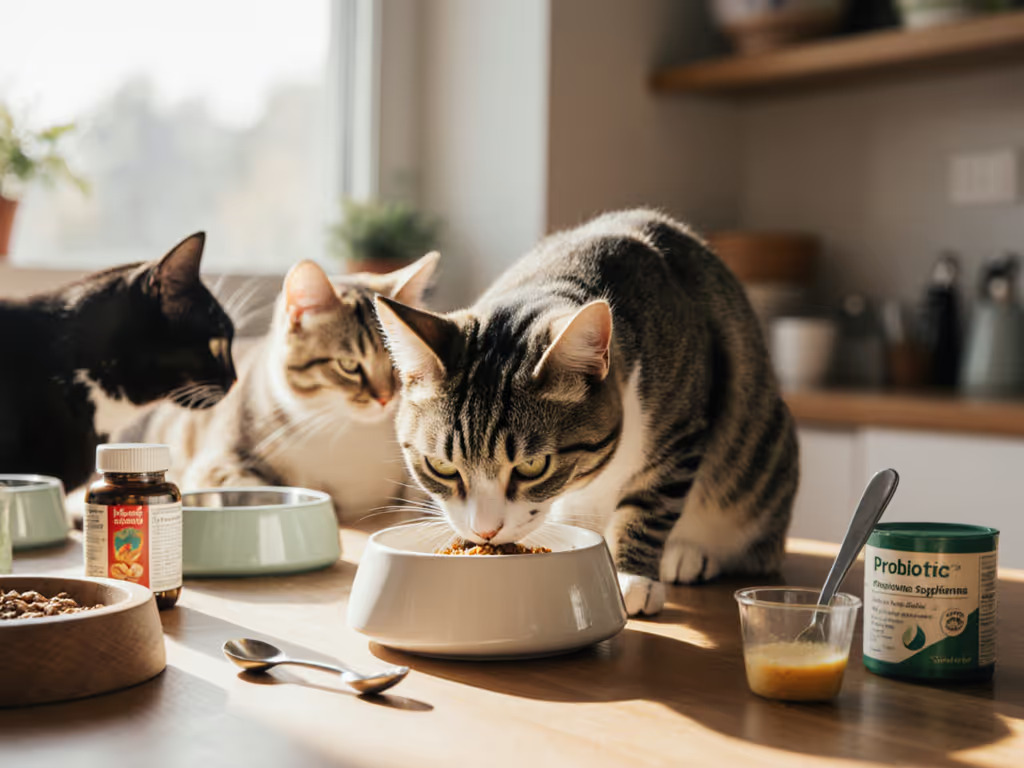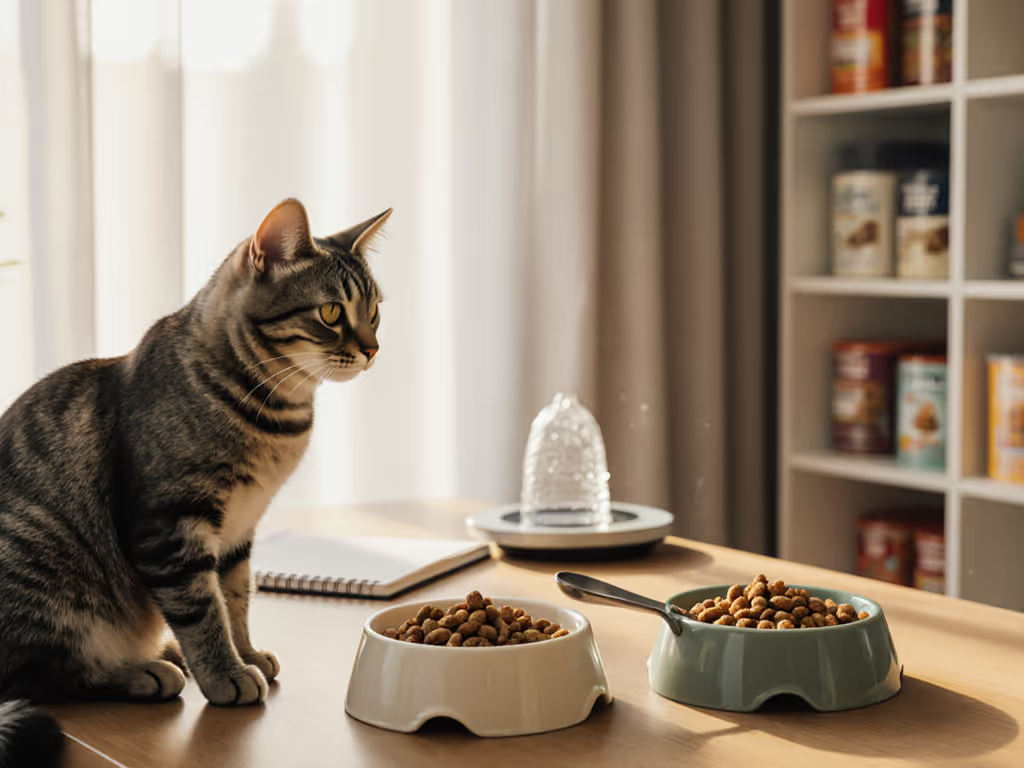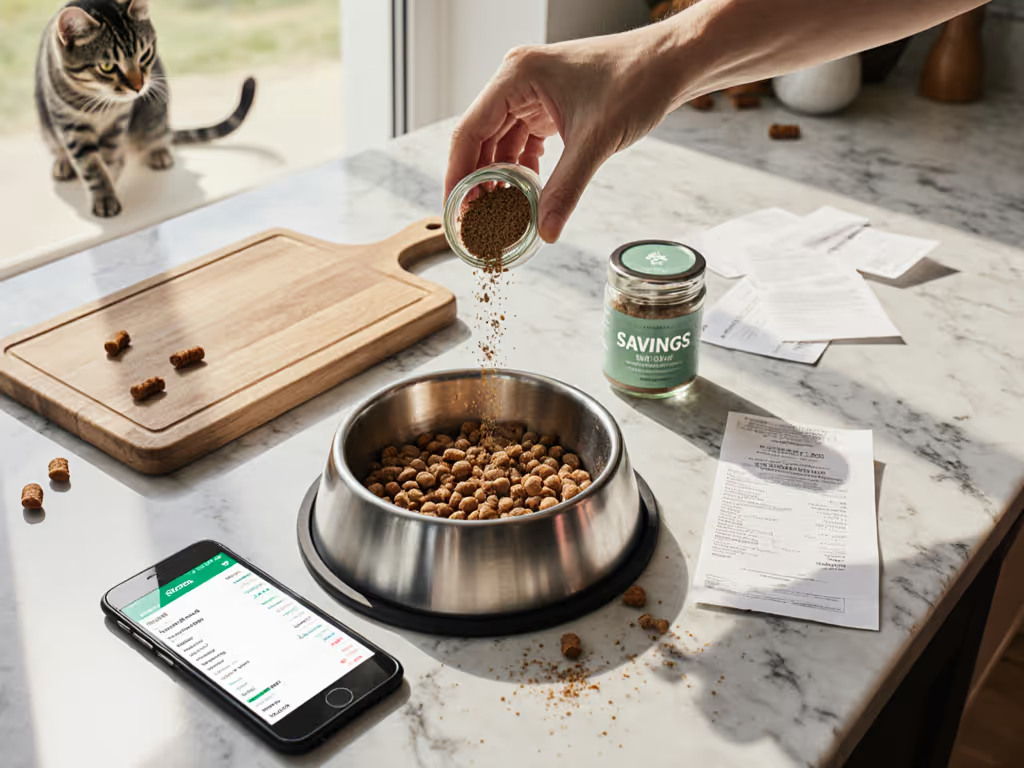
Decoding Cat Food Labels: Your AAFCO Guide
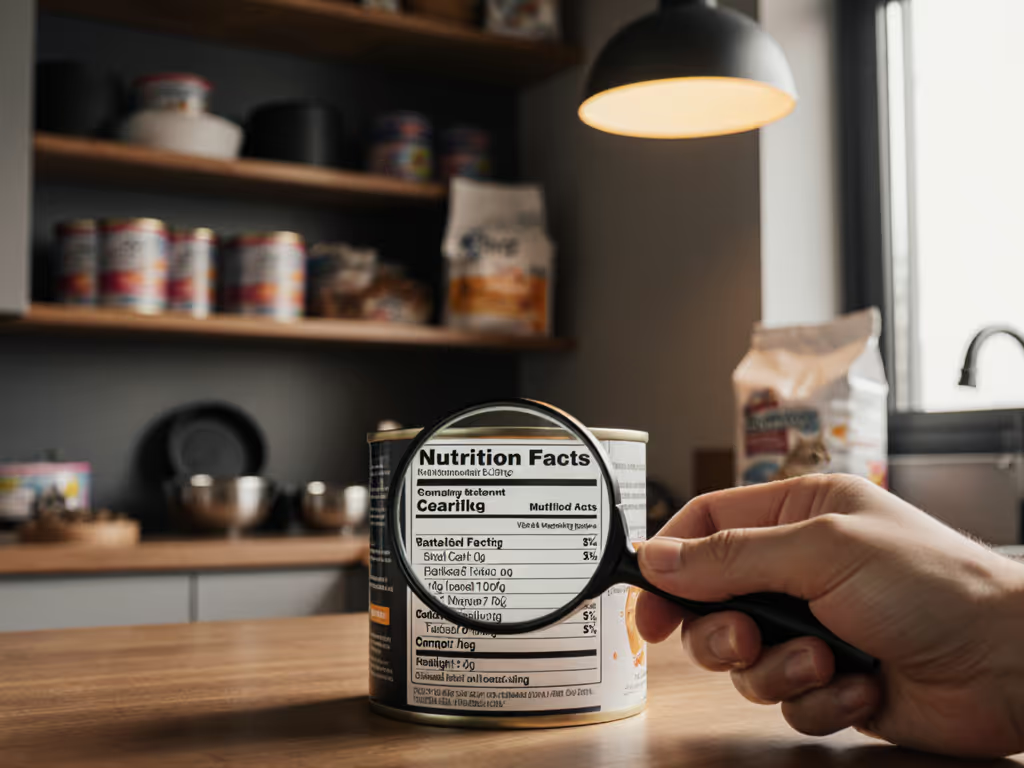
Let’s cut through the marketing noise: your cat food label guide starts with understanding AAFCO standards. As a former QA engineer who’s staged power cuts on smart feeders and read permissions line by line, I know labels lie, but regulated standards don’t. When a firmware update once reset my feeder schedules at 3 a.m. (waking the whole building), I learned that understanding cat food ingredients is like testing device reliability: what happens when systems fail matters most. Today, we’ll dissect labels with the same rigor I apply to smart feeder logs.
Why Your Cat’s Label Isn’t What It Seems
Pet food packaging is a minefield of half-truths. Terms like "premium" or "gourmet" mean nothing legally. But look for the AAFCO statement. That is your anchor. The Association of American Feed Control Officials (AAFCO) sets the only enforceable standards for cat nutrition in the U.S. Without this verification, "complete and balanced" is just empty marketing fluff.
What Does "Complete and Balanced" Actually Mean?
- Complete: Contains all required nutrients (not just protein percentage)
- Balanced: Nutrients are in correct ratios to each other
AAFCO verifies this through two methods:
- Laboratory analysis: Meets minimum nutrient levels in their profiles
- Feeding trials: 6+ cats fed exclusively this food for 6+ months with healthy bloodwork
Reliability first: graceful failure beats fancy features every day. A bag without AAFCO verification is like a smart feeder with no offline mode, it will fail when you need it most.
The Critical Life Stage Split
AAFCO has two distinct nutrient profiles:
| Life Stage | Minimum Protein | Minimum Fat | Key Differences |
|---|---|---|---|
| Adult Maintenance | 26% | 9% | For cats 1-7 years; lower energy density |
| Growth/Reproduction | 30% | 9% | For kittens, pregnant/nursing cats; higher taurine & vitamins |
Red flag: If a bag says "for all life stages," it meets kitten requirements. Fine for adults, but excessive calories could trigger obesity in sedentary indoor cats, a top pain point for urban guardians. For practical steps to prevent weight gain, see our portion control for cats guide.
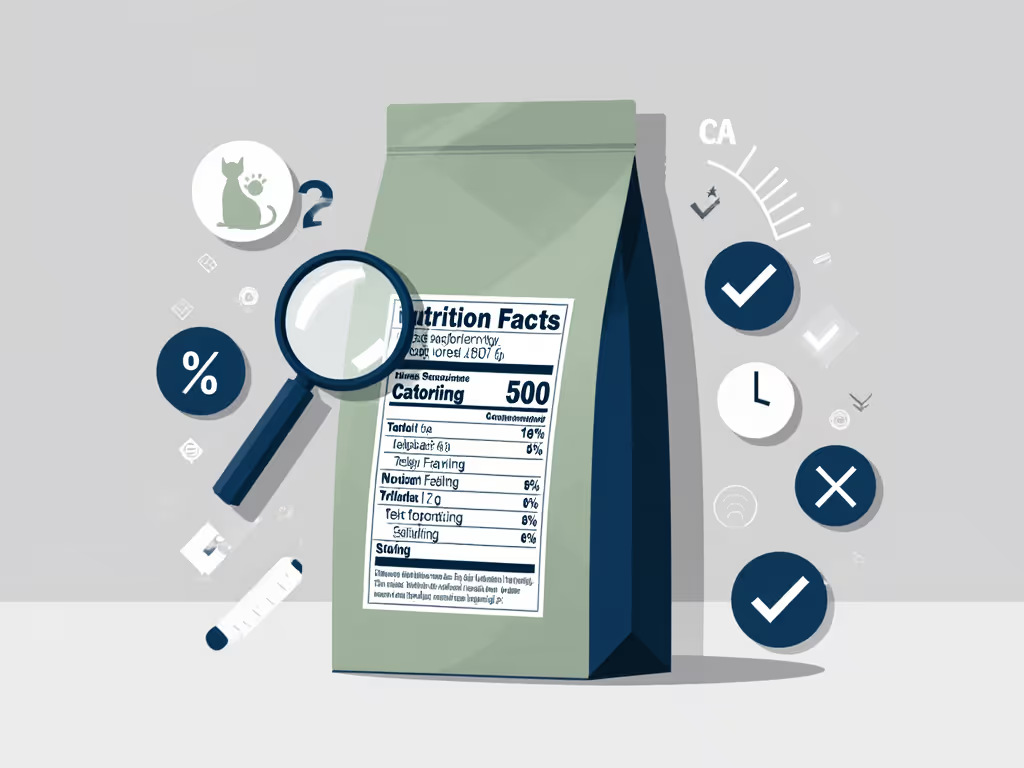
How to Decode Key Label Sections (With QA Mindset)
1. The Guaranteed Analysis: What’s Not Said
This section lists minimums of protein/fat and maximums of fiber/moisture. But it’s dangerously incomplete:
- Protein source ambiguity: "Chicken meal" could be 60% protein or 30% - the label won’t say
- Carb blindness: Carbs aren’t required to be listed (though max crude fiber is)
- Mineral ratios hidden: Calcium:phosphorus balance is critical for kidney health but rarely shown
My QA tip: Compare protein and fat together. A 30% protein/9% fat food has less usable energy than 26%/15%. Low fat in high-protein foods often indicates poor digestibility, just like a smart feeder failing with certain kibble sizes.
2. Ingredient Lists: The Bait-and-Switch Zone
Ingredients are listed by weight before processing. So "chicken" as #1 sounds great, until you learn it’s 70% water. After cooking, rendered chicken meal (lower on the list) might actually dominate.
Critical red flags I document:
- "Meat by-products": Vague term; could include beaks/feet (AAFCO allows it)
- "Natural flavors": Often indicates low palatability requiring enhancement
- Multiple grain sources (e.g., rice and corn gluten): A tactic to hide high carb content
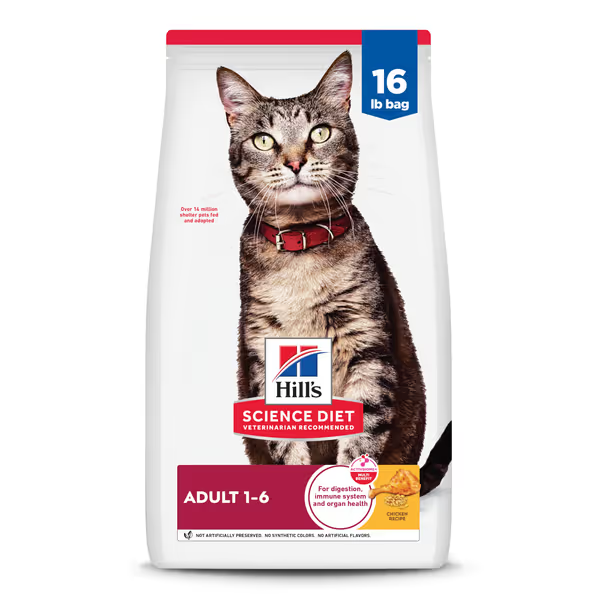
Hill's Science Diet Adult 1-6 Dry Cat Food
3. The AAFCO Statement: Your Truth Detector
Find this tiny paragraph near the ingredients. Legitimate claims say:
"Animal feeding tests using AAFCO procedures substantiate that [Brand] provides complete and balanced nutrition for growth and reproduction."
What’s missing kills: If it only says "formulated to meet AAFCO profiles," it skipped real feeding trials. Like a smart feeder that works only in perfect Wi-Fi, fine in theory, risky in reality.
Why AAFCO Standards Matter for Urban Cat Guardians
As someone testing devices in cramped apartments, I see parallels:
-
Taurine minimums (0.1% dry matter): Cats can’t synthesize this. Without it, blindness/heart failure occurs. AAFCO requires testing for it, like how I verify offline schedules on feeders.
-
Moisture content in wet food: AAFCO requires ≥75% for canned foods. Less means potential dehydration, a silent risk in small homes where water bowls get ignored.
-
No "AAFCO-approved" myth: AAFCO doesn’t approve foods. They set standards manufacturers self-certify to. Always check the statement’s wording.
Real-World Failure Modes I’ve Documented
During label reviews, I track where "complete" foods actually fail:
- Taurine drift: Cheaper brands meet minimums initially but degrade during storage (no AAFCO stability testing)
- Calcium overload: Some "senior" foods exceed max calcium (1.6%), risking kidney stones
- Fiber misdirection: High fiber claims often use indigestible cellulose, not beneficial beet pulp
Just like that 3 a.m. feeder outage, these failures happen quietly until damage is done.
How to Verify Your Cat’s Food
Don’t trust the bag. Apply my QA checklist:
- Find the AAFCO statement - if absent, walk away
- Match life stage to your cat (e.g., adult food for senior cats may cause weight gain)
- Check taurine - must be ≥0.1% for dry food, ≥0.2% for wet
- Scan for treat loopholes: AAFCO doesn’t regulate "treats", they can lack essential nutrients
Privacy by design means systems protect you by default. AAFCO compliance should be non-negotiable, like offline failsafes on reliable feeders.
The Bottom Line: Reliability Starts at the Bowl
AAFCO standards aren’t perfect, they don’t cover ingredient quality or digestibility. But they’re the only regulatory floor preventing nutritional disasters. As urban cat guardians balancing careers and chaos, we need transparency we can trust. Don’t settle for labels that look good on the shelf but fail when it counts. Demand proof, not promises. After all, the quietest disaster isn’t a noisy feeder, it’s a deficient diet that erodes health one meal at a time.
